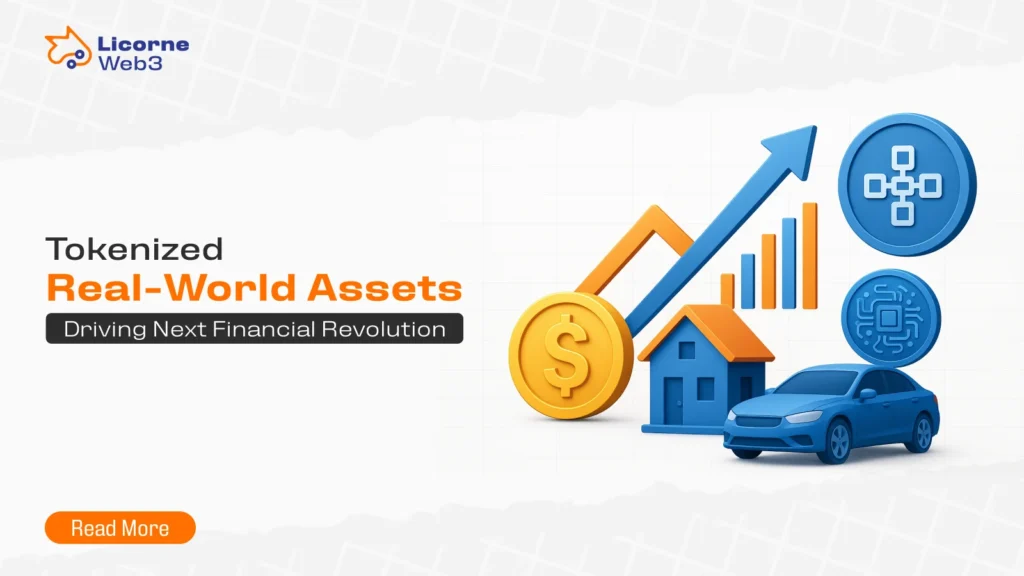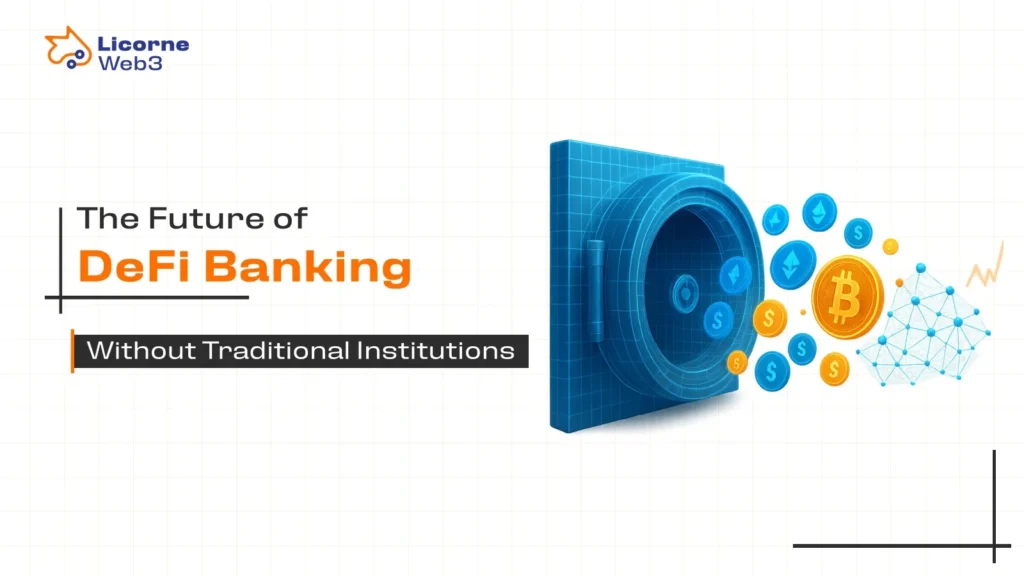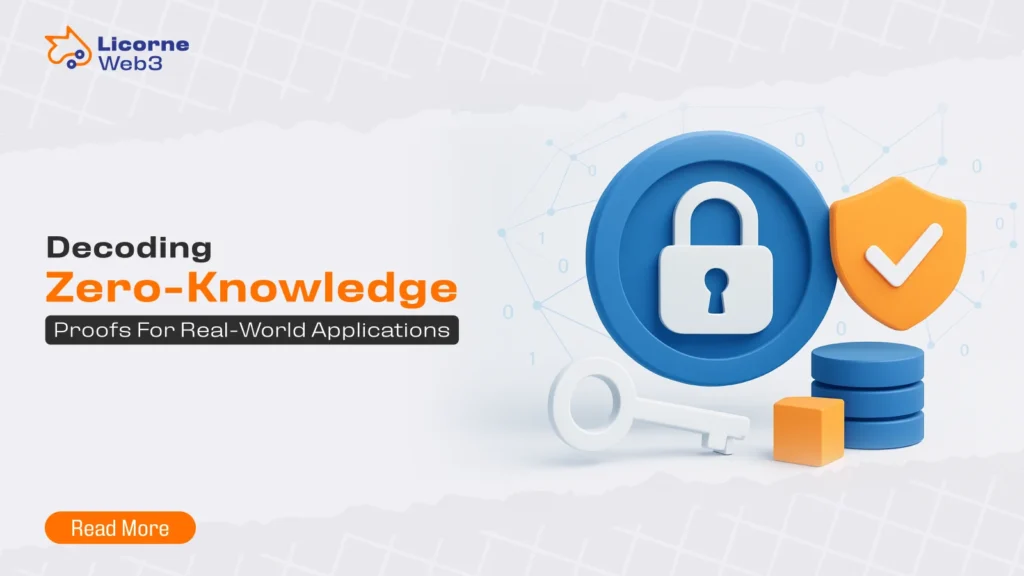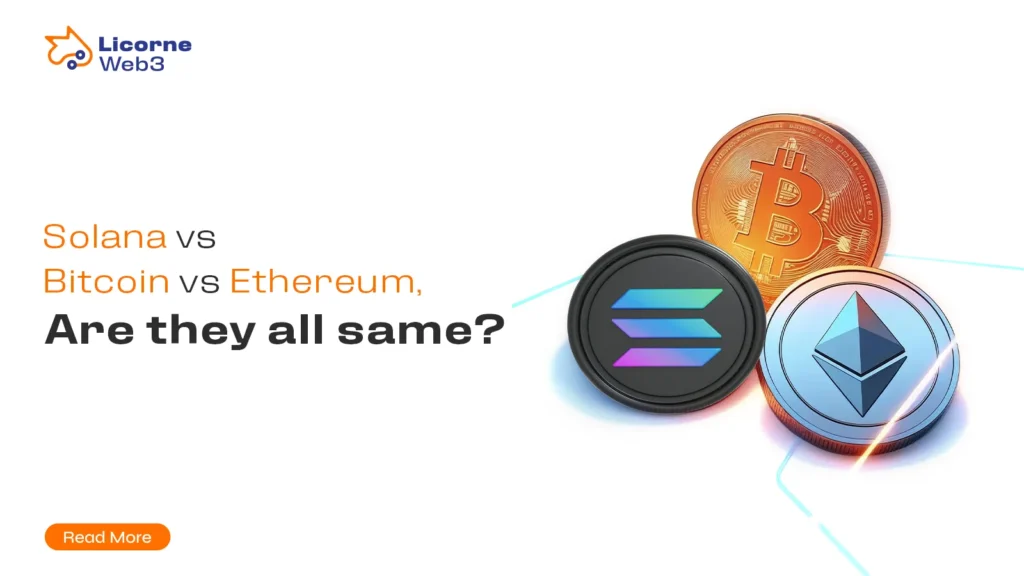China has achieved a technological milestone by launching the world’s first large-scale Web3-powered AI data exchange for cross-border industrial use. This innovation combines blockchain, smart contracts, and tokenized incentives to overcome traditional data-sharing barriers. However, while the system shows immense promise, it also faces security risks, high costs, and regulatory hurdles.
How the System Works: Blockchain Meets AI
1. Secure Data Verification
Unlike traditional cloud-based systems, this platform uses decentralized blockchain nodes to record transactions immutably. As a result, companies can verify data authenticity without exposing proprietary algorithms.
“Blockchain acts as a neutral trust layer,” explains Dr. Wei Zhang, AI researcher at Tsinghua University. “It ensures transparency while maintaining privacy—a game-changer for international collaborations.”
2. Smart Contract Automation
The system leverages self-executing smart contracts to:
- Enforce compliance in real time
- Automate royalty payments to data providers
- Streamline cross-border regulations
3. Tokenized Incentives
To encourage participation, contributors earn digital tokens for sharing high-quality data. Early reports indicate a 40% increase in usable industrial data since launch.
Real-World Impact: Efficiency Gains & Cost Savings
Following are some real world impacts:
✔ Manufacturing Sector Benefits
- 27% reduction in unplanned factory downtime
- Extended machine lifespan through predictive maintenance
✔ Supply Chain Optimization
- AI forecasts material shortages 45 days in advance
- Automated customs clearance reduces delays
- $2.3M saved by a Shanghai automotive supplier (Q1 2024)
Key Challenges & Risks
Despite its potential, the system faces four major obstacles:
1. Security Vulnerabilities
- Multiple breaches in 2024 exposed weaknesses
- $1.8M stolen from token reward systems
2. High Implementation Costs
- 60% higher upfront investment for small manufacturers
- 9-month average ROI period
3. Performance Issues
- 15-20% slower processing vs. centralized systems
- 3× higher energy consumption
4. Regulatory Conflicts
- China’s data laws clash with GDPR & U.S. restrictions
- 38% of EU firms cite “unacceptable compliance risks”
Global Reactions & Future Outlook
Some Global Reactions Includes:
EU Accelerates Competing Projects
The European Commission is fast-tracking its own blockchain-AI integration to avoid dependency on Chinese tech.
U.S. Voices Security Concerns
“This could create dangerous reliance on Chinese standards,” warns NSA advisor Mark Richardson.
What’s Next?
- Q3 2024: Asia’s first industrial data marketplace launch
- Ongoing U.S.-China negotiations on data treaties
- Hybrid Web2-Web3 solutions in development
China’s Web3-AI integration is reshaping global data exchange, but its long-term success depends on overcoming security flaws, high costs, and regulatory disputes. As Dr. Alicia Chen (MIT) notes:
“The technology is revolutionary, but not yet enterprise-ready. The next year will determine whether it becomes a global standard—or remains limited by its challenges.”
Author
-

Blockchain Writer & Web3 Expert
View all posts
Areej Maqbool is a Blockchain writer and thought leader with over 5 years of experience in crafting compelling narratives and insights on blockchain and Web3 innovation. Her expertise spans the intersection of technology, business, and society, with a focus on decentralized applications, smart contracts, and blockchain adoption.
Key Expertise:
- Blockchain and Web3 storytelling
- Technical writing for blockchain and Web3 projects
- Thought leadership and opinion editorials
- Research and analysis on blockchain and Web3 trends







